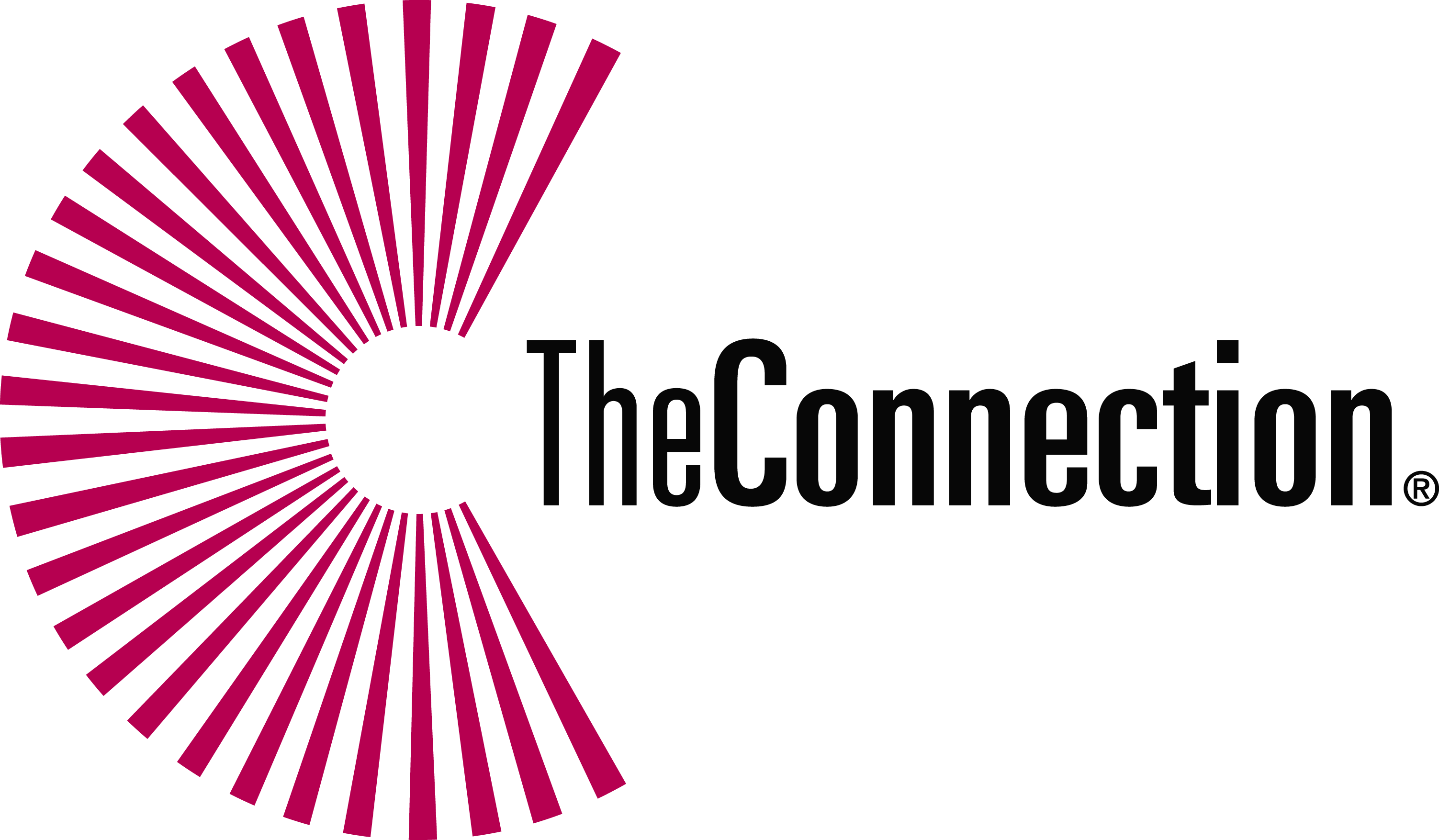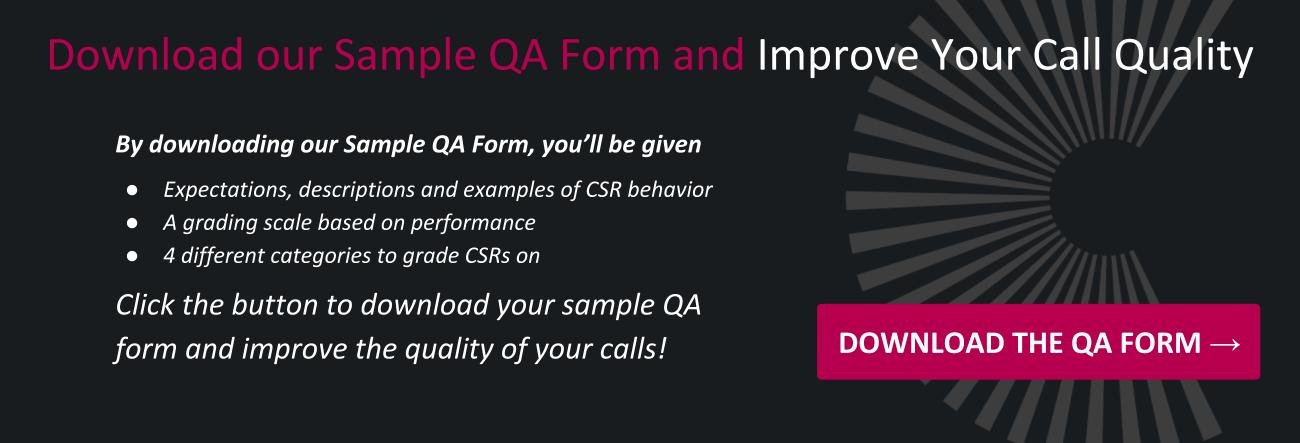Contact Center Help: Phone Sales Tips for Inbound Calls
Are you a current or aspiring Customer Service Representative looking to hone your skills? If so, you have come to the right place.
Inbound contact centers generally receive two main types of calls: sales support calls from customers thinking about buying or ready to buy, and customer service calls from customers who likely have purchased product and have follow up needs or questions. Each type of call is important and each type of call requires somewhat different skills and communication methods.
The following phone sales tips can help contact center agents make the most of every interaction, no matter what kind of assistance the caller requires.
Sales Support
When customers are interested in learning more about a product or making a purchase, they may have a question about something they found online or an item they want to order from a catalog. Sales support (think assistance) is an opportunity to help the customer make the best product choices. It is also an opportunity to alert callers to potential opportunities to buy additional products that would supplement or in some other way go with the initial item that sparked their interest.
Sometimes the software platform that you are utilizing with automatically provide guidance to you regarding upsell and cross-sell opportunities, but product knowledge is still key in this situation. That requires training that will help you become a subject matter expert (SME). Then, you can utilize your expert knowledge to give informative answers and advice. You also need to be prepared to offer your own proactive recommendations to upsell and/or cross-sell recommendations to customers.
Pro Tip: While there is always a financial stake in helping your company generate increased sales, you will maximize customer satisfaction (and minimize product returns) by utilizing upsells at the proper time and for the proper reasons without necessarily trying to force a sale in a situation where it’s not in the best interest of the customer. We want to come off as helpful and understanding, not over-eager sales people.
Customer Service
Every customer service call is an opportunity to improve a customer’s mindset about the company and the products you sell. You can provide real value by helping the customer solve their problem. Done right, it can be an opportunity to transform even an outright angry customer into a strong and loyal brand advocate.
Customer service calls require a higher level of empathy — and often, more apologies than a sales call. For greatest success, you should be empowered to resolve issues during the first call.
Of course, every call should convey the agent’s professionalism and confidence that they can and will resolve the customer’s issue.
Pro Tip: As a CSR, you should feel (and be) empowered to use your training as you see the need (within certain boundaries and criteria) to make the customer happy. That may mean giving the customer something extra such as free or discounted products, faster shipping, etc. Retaining customers is one of the most important aspects of your job. So part of your training is to learn , what affordable options there are to make customers happy and when it makes sense to offer these options.
Tips to Improve Every Inbound Call
Customer contact agents who follow these best practices will see more success regardless of whether callers want to purchase or want to complain.
-
Start with a friendly greeting and ask, “How may I help you today?” Then, listen.
-
Once the caller states their problem or question, reassure them. “I will be happy to help with that”, or, “I’m sorry you have had a problem and I will make sure we remedy it), shows a desire to help and also shows empathy and caring.
-
For customer service issues, starting with an apology reassures them that you care and want to make things right. “I am so sorry that happened. But now that I have you on the line, we can work together to fix the problem.”
Conclusion
When a customer calls to make a purchase, you are the key to making the purchase a pleasant experience. When a customer calls with a follow up need or concern, you are selling your company’s willingness to acknowledge their issue and do something about it. The key, in all cases and for all calls, is to do whatever you can to help your customers to a successful conclusion.



